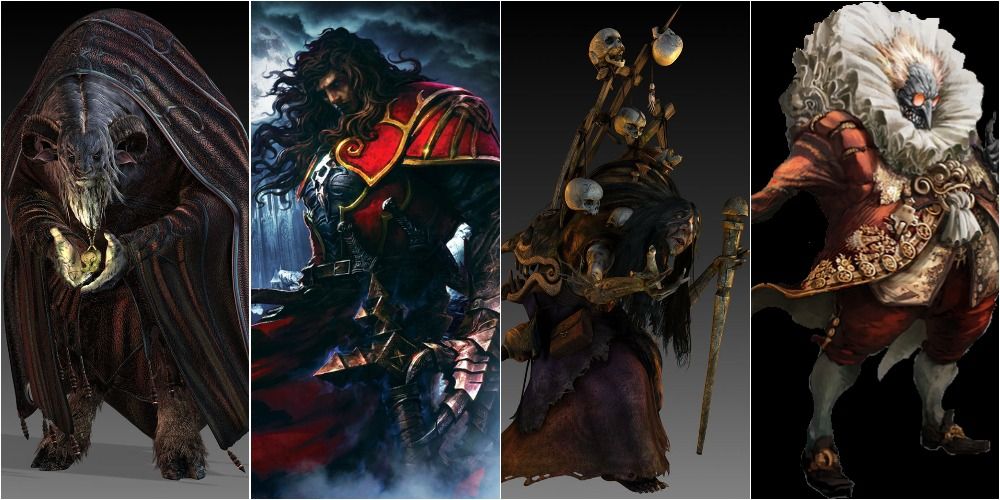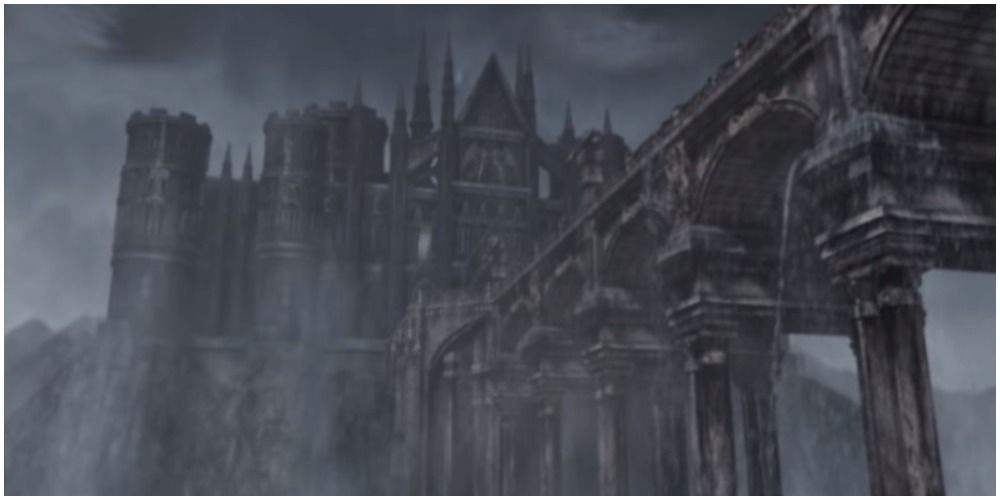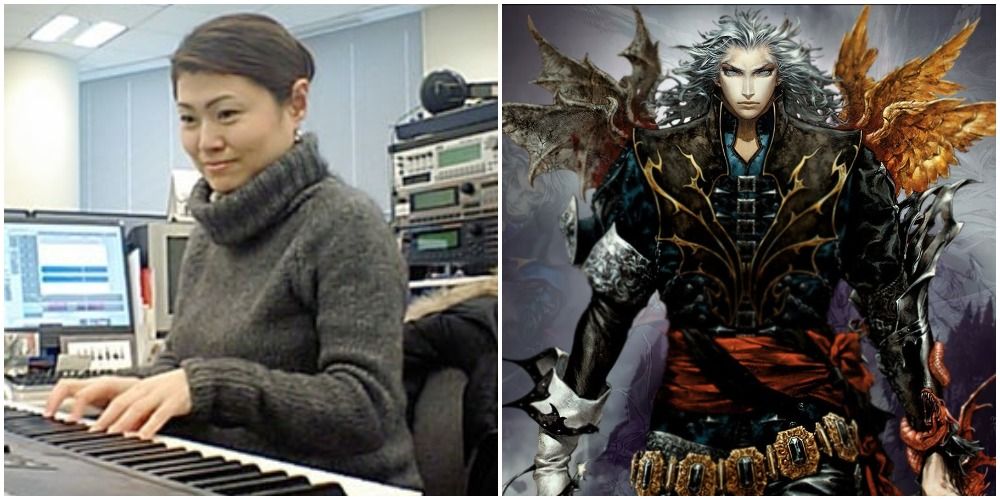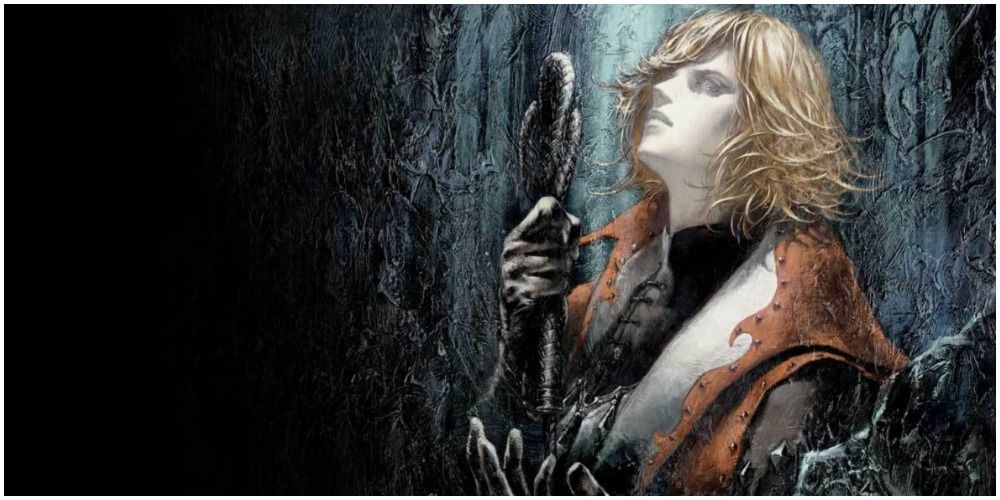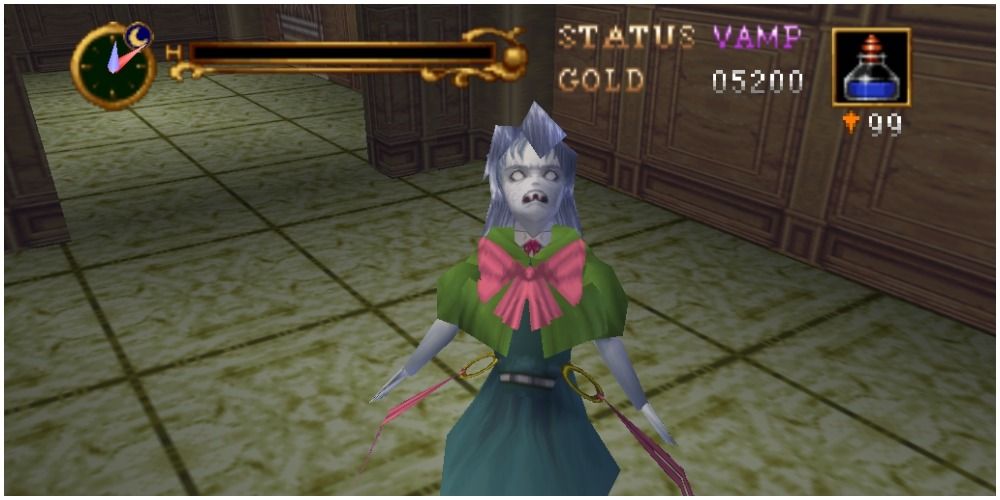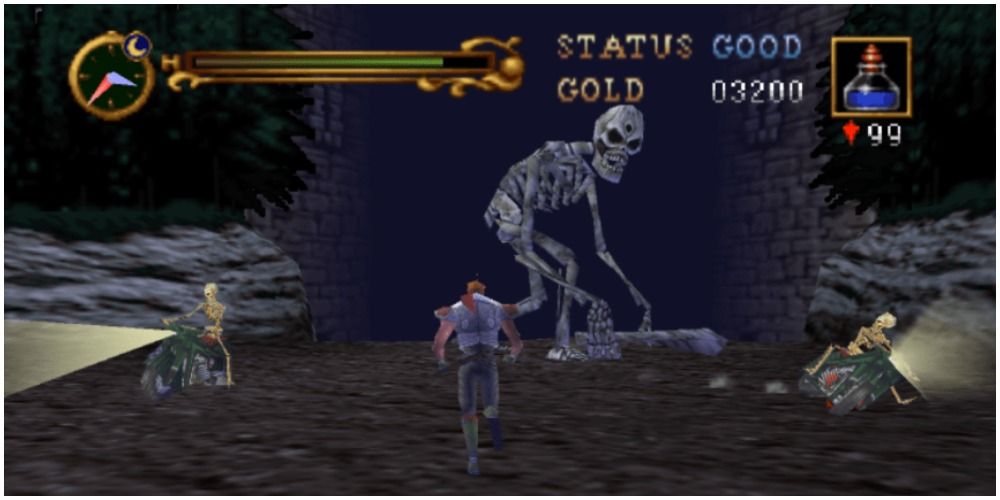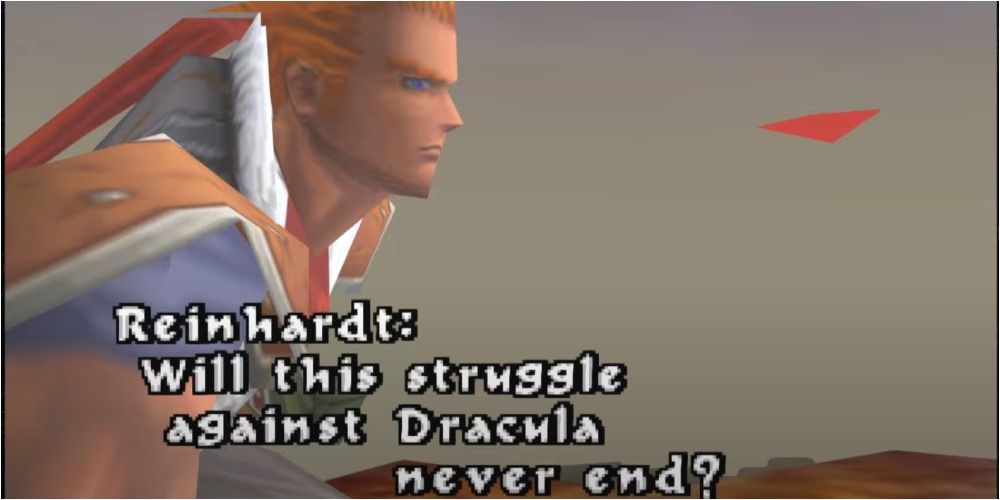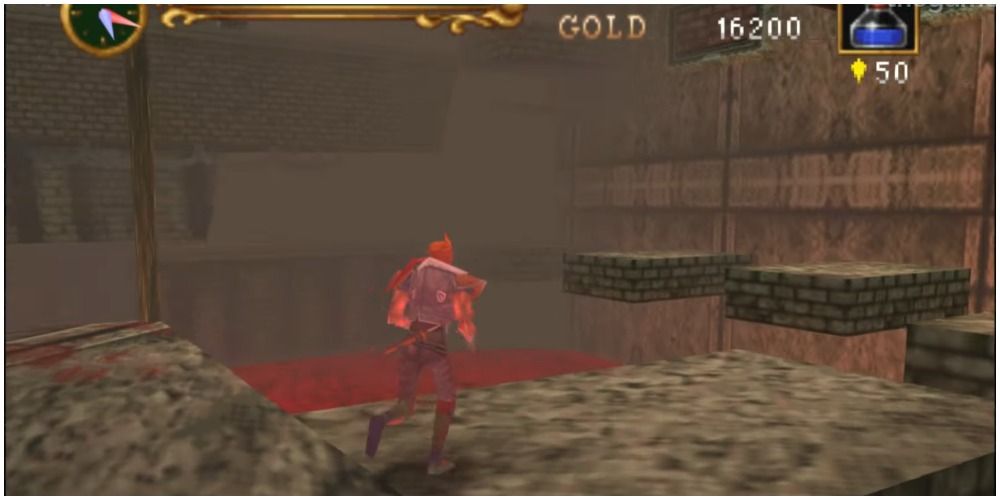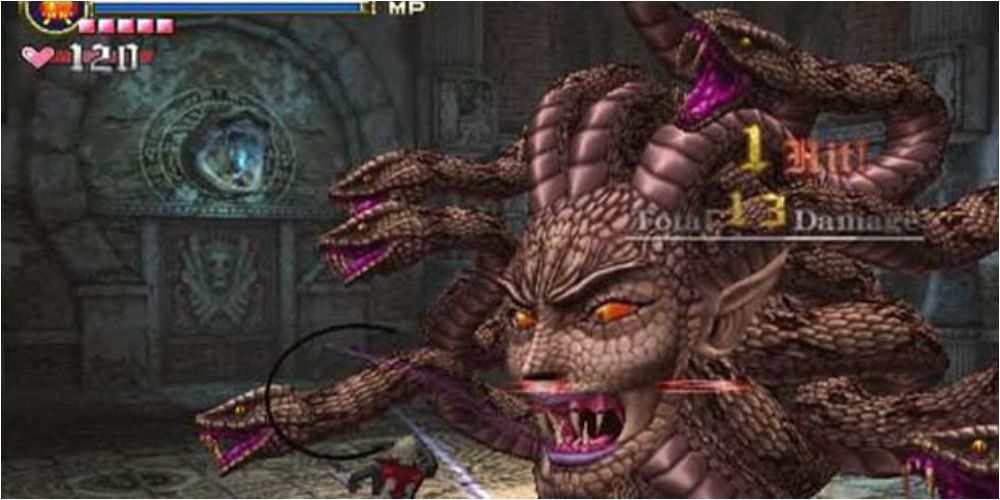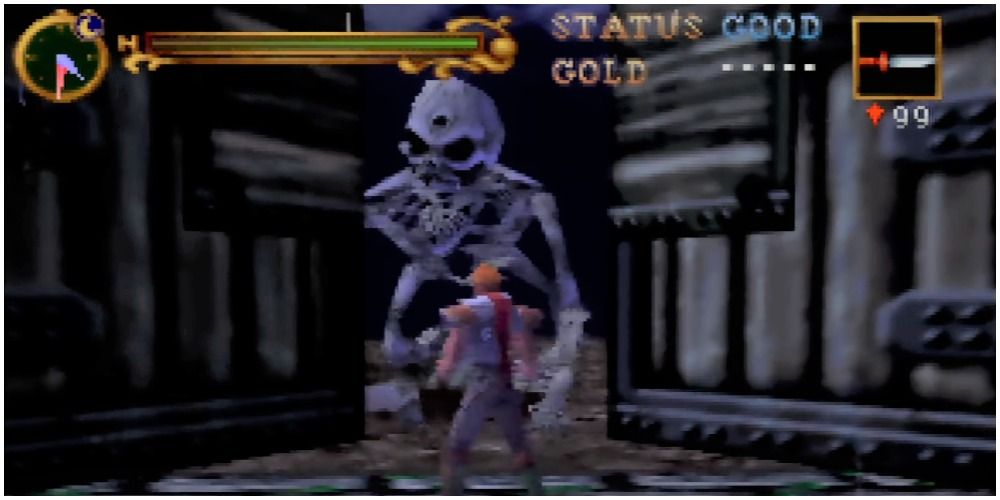There are not many series in video games that have had such trouble adapting to new technological advancements than Castlevania. Konami's gothic horror series has branched into many avenues, such as comic books and an animated Netflix show. The series has no shortage of critically acclaimed titles with games such as Symphony of the Night and Super Castlevania IV. The franchise has changed and grown throughout its history, but there are a few examples of disliked changes.
In the transition to 3D, Castlevania had a few stumbles that tainted the legacy the series had created for itself. While many gamers dislike the 3D-era games in the franchise, there are aspects that Castlevania doesn't get credit for in its jump to the 3D space.
10 Character and Enemy Designs Shine With The Extra Dimension
Castlevania has a few staples of the series that fans expect when playing games in the franchise. With the jump to 3D, Castlevania had an additional dimension to craft its unique and monstrous creations. These design choices are revealed notably in 3D in Lords of Shadow and Lament of Innocence.
Castlevania: Lords of Shadow's graphics showcase the beautiful and ghastly cast wonderfully. Standouts characters in the 2011 release include Pan, Baba Yaga, and the Toy Maker. The gothic art direction showcased the characters effectively in the 3D era.
9 Jumping to 3D Made Exploring Dracula's Castle Exciting
Dracula's castle is a fundamental element of Castlevania. In the 3D releases, the main adversary's ethereal fortress is presented as a complex, interconnected castle that folds in upon itself. The extra dimension allows the castle to be a character itself. Winding corridors, revolving traps, and ever-changing architecture help Dracula's castle become alive.
An additional aspect the 3D titles are not given credit for is the struggle to reach the castle in the early game. Belmont and other playable characters would battle up to the citadel, fighting and traversing the exterior to get an opportunity to enter the castle. These moments give an impression that Dracula allows the player to enter after fighting their way through his early gauntlets in the palisades.
8 The Soundtracks Stand Among The Best In The Franchise
Castlevania is known for its nightmare hunting action but stands among the giants in video games regarding its atmospheric and effective soundtracks. With such a monument to go up against, such as "Belmont's Theme" in Super Castlevania IV or "The Tragic Prince" in Symphony of the Night, the 3D entries provide their own brilliant compositions.
"Leon's Theme" in Lament of Innocence, "Abandoned Castle" in Curse of Darkness, and "The Sinking Old Sanctuary" in Legacy of Darkness stands out as some of the best tunes in the franchise. The harmonies in the 3D Castlevania titles do their part in fitting in with the best in the series.
7 Lament of Innocence Is The Origin Story Between Vampire Hunters And Dracula
With its origins in Bram Stoker's novel and vampire lore, Castlevania has a deep and interesting mythos that drives the series. Lament of Innocence provides a starting point to the entire franchise detailing the conflict between the vampire hunting Belmont clan and the eternal vampire Dracula.
Lament of Innocence's story is a linchpin in the Castlevania series. It offers players the beginnings of the Belmonts and how their journey intertwines with Dracula. The shortcomings and complaints notwithstanding, the 3D era offered an interesting backstory in the centuries-long battle that paints the universe.
6 Castlevania 64 Has Interesting Mechanics The Change Gameplay
Castlevania 64 and Legacy of Darkness left a sour taste in many players' mouths even more than 20 years after release. However, the Nintendo 64 titles do offer compelling elements that many gamers don't give them credit for.
For example, if Reinhardt Schneider contracts vampirism, the player loses the ability to use any anti-vampire weapons until recovered. The choices the player makes have an effect on gameplay. The titles also see the return of day and night cycles. In earlier entries, such as Simon's Quest, the loop was announced in a text box and was a more binary change. The Nintendo 64 titles make the gradual change a more integral part of the story and gameplay. The more days that accumulate during the playthrough, the more changes to the story and ending.
5 The 3D Games Tried Something New With Each Entry In The Series
Creating 3D games during its early years was a tremendous ambition. Requiring design talent and a skillful team to build interesting worlds and characters. Many of the 3D Castlevania titles were tackled by different development teams within Konami. While there are flaws within each game, it is commendable that each team strived to break new ground.
With each new release, Konami wanted to try fresh ideas and improve upon decisions made in the 2D games. Adapting gothic horror elements to 3D and the improvements in storytelling with cutscenes show that while not all changes are positive, the team was willing to take chances with the material.
4 The Endings Are Heartfelt and Sincere
Castlevania has always been a lore-heavy franchise. With a timeline that spans centuries and each game taking place 100 years apart to coincide with Dracula's return, the storyline can be troublesome to navigate. The 3D Castlevania games try their best to have narrative and bloodshed in harmony. The 3D games are often forgotten gems regarding their stories, especially in their finales.
Each 3D Castlevania ending reflects upon humankind's struggle against Dracula and Death, but underneath, it strives to tell a story about the Belmont's struggle with themselves. Overlooking the dated graphics, 3D Castlevania endings are sincere and make the characters question if the bloodshed is worthwhile.
3 Early Console Limitations Didn't Limit Gameplay But Fostered It Instead
Home consoles have always balanced price and size with power. Earlier consoles provided many troubles in creating early 3D platformers. Konami was no exception with its struggle with its first jumps into 3D. However, rather than fighting the limitations of 3D engines and consoles of the time, Konami worked with them.
The design teams used familiar tricks, such as fog, to hide draw distance limitations. This turns Dracula's castle into a dusty, atmospheric mansion that looks as if it had been buried for a century. Konami's development teams understood that color, resourcefulness, and using limited graphic power to their advantage could help foster design.
2 Lament of Innocence Showcases Some Of The Best Boss Fights In The Series
The Castlevania franchise is at its best when fighting through grotesque enemies continuously propelled forward by an outstanding soundtrack. Lament of Innocence stands out from the 3D era by having engaging and enjoyable boss fights that stick with the player—an aspect of the franchise that has stout competition.
In the 2003 release, Leon Belmont battles immense and visually striking bosses to drive through his tale of eternal conflict with Death and Dracula. The standouts of his adventures are a duo of doppelgangers that mimic certain playstyles, the succubus, and Death itself. The extra dimension in gameplay adds to the enjoyment of the fights and is a strong point of the 3D era of Castlevania.
1 3D Helped Hide Elements For The Player
Leaving the Metroidvania style of gameplay for a more 3D platformer or hack-and-slash style left some fans of the series feeling abandoned. Moving to 3D allowed the development teams to mimic popular gameplay elements of the time and refresh the series. A unique aspect of 3D games is using 3D spaces to conceal things from the player.
Elements of gameplay such as hiding enemies behind objects, giant doors opening to reveal colossal bosses, or rearranging corridors the player shuffles through are elements that use the extra dimension in unique and fulfilling ways that only 3D allows.


